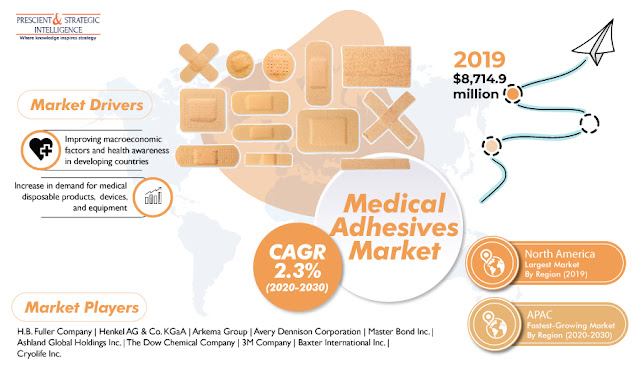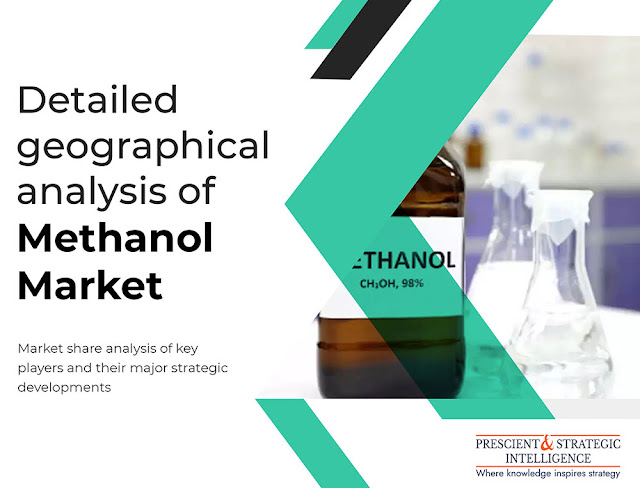Why is Demand for Solar Micro Inverters Surging in Asia-Pacific?

With the falling prices of micro inverters and implementation of supportive government initiatives in several countries, the demand for photovoltaic installations is surging sharply. Moreover, the high cost-effectiveness, safety features, and optimal performance of solar micro inverters are further boosting their sales across the globe. Besides, the soaring need for power is also fueling the expansion of the global solar micro inverters market across the world. These energy storage systems can decentralize energy reserves and use energy during the time of peak demand, thereby assisting users in operating the grid more effectively and efficiently. Furthermore, the increasing affordability of these energy storage devices for solar power systems is also expected to drive the market at a CAGR of 15.3% from 2016 to 2026. According to the estimates of the market research company, P&S Intelligence, the value of the market will grow from $431.6 million in 2015 to $1,968.7 million by 2026....















